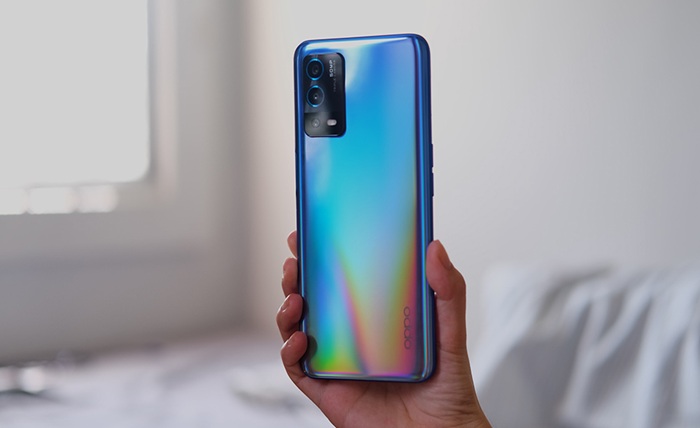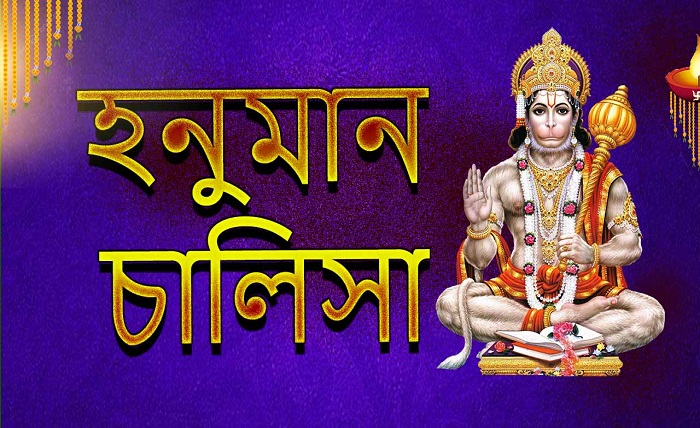In today’s fast-evolving digital landscape, technology is changing the way we create, share, and experience music. One of the most exciting developments? AI music platforms. These tools aren’t just reshaping music production; they’re transforming how musicians, content creators, and even businesses collaborate. Whether you’re part of a band scattered across the globe or a brand creating soundtracks for your content, knowing how to foster collaboration using AI music platforms can open up new creative possibilities.
And here’s the good news: it helps to have an AI music generator for free to kickstart your journey without heavy upfront investments. Let’s dive into how you can harness these platforms to spark better teamwork and innovation.
Why AI Music Platforms Are Game-Changers for Collaboration
Traditionally, music collaboration required physical presence—studio sessions, live jam-outs, or endless email exchanges of audio files. AI music platforms have broken down these barriers. Now, collaborators can co-create in real time, no matter where they are.
Platforms like Amper Music, Soundraw, and Boomy offer instant music generation based on mood, genre, or custom inputs. Some even allow multiple users to modify a track simultaneously, much like working together on a Google Doc. This real-time flexibility fuels faster, more dynamic collaboration, and inspires creativity you might not achieve solo.
Beyond just the convenience, AI platforms enhance inclusivity. Not everyone can play an instrument or compose complex tracks, but AI empowers contributors with different skill sets (like vocalists, marketers, video editors) to actively participate in music creation.
Tips to Foster Collaboration Using AI Music Tools
1. Define Roles and Workflow Early
Before diving into a collaboration, it’s crucial to set clear expectations. Assign roles based on each person’s strength—one person can handle lyrics, another the beats, another the arrangement. AI platforms allow users to layer sounds and iterate quickly, but without clear structure, sessions can easily spiral into confusion.
A simple shared workflow can look like this:
- Stage 1: Use the AI platform to generate base tracks.
- Stage 2: Assign editing roles (melody, lyrics, effects).
- Stage 3: Consolidate feedback and produce final versions.
Many AI platforms allow users to leave comments directly on tracks, making communication smooth and organized.
2. Use AI as a “Third Collaborator”
Treat the AI platform not just as a tool, but as an active “band member.” Let the AI create initial drafts, suggest variations, or remix existing ideas. Some musicians even run competitions where each member creates a different version of a track generated by AI, then merge the best parts. It’s a playful yet effective way to discover new styles and unexpected synergies.
Think of AI as a non-judgmental creative partner: it’s there to offer endless ideas without ego.
3. Incorporate Live Collaborative Sessions
Many platforms now offer real-time collaboration features. Instead of sending files back and forth, schedule live co-creation sessions where everyone jumps into the platform together. Tools like Endlesss, Soundation, and BandLab offer online jamming rooms where you can compose, tweak, and mix tracks live.
This method mirrors the energy of a physical jam session—improvisation, instant feedback, and fast iteration make the process dynamic and much more fun.
Real-World Success Stories
A great example is the indie band YACHT, who famously used AI to help write their album “Chain Tripping.” They input their older songs into machine learning models, collaborated closely with the AI outputs, and co-wrote a groundbreaking new sound with the help of technology. Their work was even nominated for a Grammy Award—proving that AI and human creativity together can reach incredible heights.
Similarly, content creators and advertisers are using AI music platforms to co-create branded soundtracks, with input from copywriters, graphic designers, and marketing teams all at once, ensuring a more unified campaign sound.
Best Practices to Keep in Mind
- Don’t over-rely on AI. Use it for inspiration and structure, but inject human emotion and story into the final piece.
- Respect intellectual property. Know the terms of the AI platform you’re using—some free tools might have licensing restrictions.
- Stay flexible. Collaboration often leads to unexpected results. Embrace the creative detours AI might inspire.
Conclusion: The Future Sounds Collaborative
AI music platforms are more than just time-savers—they’re powerful bridges between creators with different backgrounds, styles, and even continents. By using these tools smartly, you can foster a more collaborative, inclusive, and innovative environment for your music projects.
In the end, technology isn’t replacing human creativity; it’s amplifying it. So grab your team, fire up an AI music generator, and let the collaboration symphony begin.
You May Also Like :


